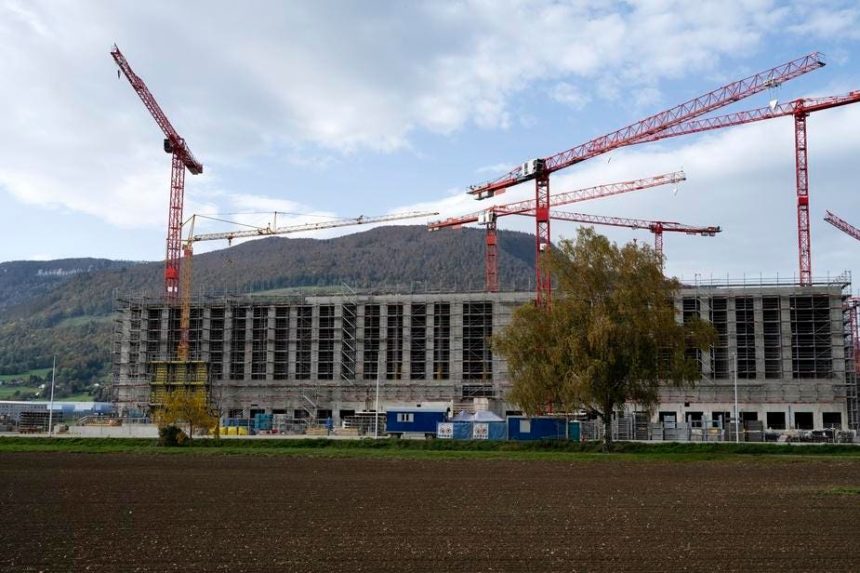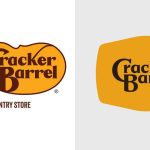Jason Ratcliffe MSc, BA (hons), AssocRICS / Director of Steren Surveyors.
Reinforced autoclaved aerated concrete (RAAC) is a construction material known for its lightweight and insulating properties. However, like any building material, RAAC has its issues and challenges, and it has recently come under scrutiny as some question why a material with a life span of about 30 years has been utilized within a range of public sector buildings that require longevity.
If your business has a building constructed with RAAC methods, or if you are planning to build with this technique in the future, here are some of the common challenges to look out for, as well as steps you can take to mitigate them.
1. Moisture Absorption
RAAC can absorb moisture, which may lead to issues like mold growth, reduced insulation performance and structural degradation over time. This has been one of the main issues that can lead to an RAAC building becoming unsafe due to black spot mold, condensation issues and/or oxidizing reinforcement bars.
However, if your commercial building premise is of this construction, there are still steps you can take to mitigate moisture-related problems. For instance, you can implement moisture barriers during construction, use waterproof coatings or sealants, and ensure proper ventilation. These steps can help reduce the risk of structural deterioration.
If your premises is constructed of this type of material, then I would recommend first investigating as to whether any of these steps were implemented during construction. However, in my experience, such precautions are not commonly installed.
2. Thermal Performance In Extreme Conditions
It’s important that employees feel comfortable in their working conditions, and this includes the temperature of their workspace. RAAC provides good insulation within standard conditions, which helps reduce the cost of maintaining a stable internal temperature. However, if your office is in a climate with extreme hot or cold temperatures, it may require additional measures to maintain comfort.
If you are in an extremely cold climate, consider adding more insulation using a dynamic strategy that takes into account the orientation of a building, solar glare and poorly ventilated areas. You can also use a double-wall construction to help mitigate the dropping of internal temperature. In hot climates, installing reflective coatings or shade structures can help reduce heat absorption.
3. Fire Resistance
RAAC is not inherently fireproof, and in case of a fire, it can degrade and become structurally unsound. Applying fire-resistant coatings or treatments to RAAC surfaces and installing proper fire suppression systems can help ensure that RAAC materials comply with fire safety codes.
4. Cracking And Shrinkage
RAAC may experience cracking and shrinkage if not properly cured or if subjected to rapid temperature changes. Larger structures may be more prone to this effect, as well.
Implementing adequate curing techniques and controls during construction can help to minimize cracking and shrinkage. And while this is likely out of a property owner’s control in the case of buildings that have already been constructed for many years, precautions can still be taken. Areas of RAAC should be identified, regularly inspected by a structural engineer, and well maintained to prevent water ingress and to identify any load bearing issues that could lead to collapse. However, this is not always the case, as a small number of constructions have collapsed with little or no warning.
5. Environmental Pros And Cons
The production of RAAC involves the use of energy-intensive autoclaving processes. Materials commonly consist of cement, lime, silica flour (microsilica), gypsum, blast-furnace slag and/or pulverized fuel ash, a small quantity of finely graded sand, and an entraining agent such as aluminum powder, along with transverse steel reinforcement to provide flexural and tensile strength. These materials can typically be reused/architecturally salvaged; however, the initial process of producing such RAAC construction materials can negatively affect the environment due to high amounts of energy use.
This should be borne in mind when considering the carbon footprint of your commercial premises. Exploring sustainable alternatives to RAAC, such as low-carbon concrete or alternative green building materials, may be the next step in reducing the carbon footprint of large structures.
Conclusion
RAAC has understandably been utilized in construction due to its multiple benefits. However, based on my own experience, buildings constructed using RAAC should receive a comprehensive inspection before and after completion by a structural engineer, including of the reinforcement bars. (Full disclosure: My company offers these services, as do others.) This can help identify areas of expected maintenance and cost to help ensure your premises is safe for your employees and/or customers. By taking the measures suggested above, you can help ensure that your building has the longest and safest life expectancy possible.
Forbes Business Council is the foremost growth and networking organization for business owners and leaders. Do I qualify?
Read the full article here









